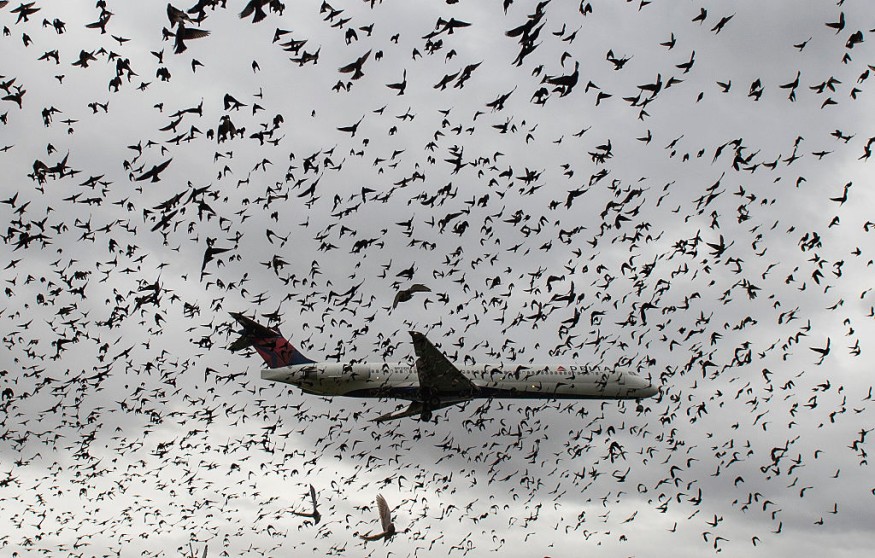Flight of birds can also predict atmospheric turbulence, according to results shown in a new study, which suggested that flying animals like pigeons can adjust to these aerial disturbances.
The study holds potential implications for the future of the aviation industry, with an emphasis on how planes can deal with turbulence.
Flight of Birds

A new paper published in the peer-reviewed Journal of the Royal Society Interface on November 9 explored the relation between flight of birds and air turbulence, which highlights the necessary response of all animals operating in the atmospheric boundary layer.
Prior to the paper, researchers involved in the study acknowledged that little is known about how flying animals adjust to aerial turbulence.
The limited knowledge on the subject matters stems from the fact that evaluating these animals and turbulence at fine scales is extremely difficult, the authors of the study explain.
With this, the authors found not only that some birds adjust to atmospheric turbulence but can also predict these aerial disturbances.
The new research opens the possibility of using bird-borne sensors to measure and calculate freestream turbulence in nature, outside artificial or man-made designed environments.
Furthermore, the agility and versatility of birds on turbulence could also help us understand the aerial mechanisms of flying animals and its application to aircraft and the aviation industry as a whole.
The said method is similar to seal-borne sensors that scientists use to measure the temperature and salinity below the ice.
Bird-Borne Sensors
The research team consisting of researchers from Swansea University, University of Leeds, the Max Planck Institute of Animal Behavior, and the University of Konstanz collaborated to make a new approach by flying a small aircraft along and close to the route of pigeons as they fly back to their loft, which allowed them to measure turbulence levels during each travel.
In addition, the team used acceleration data, barometric pressure, and global positioning system (GPS) attached to the birds.
These tools allowed the team to consider on whether fine scale changes in flight altitude and motion can serve as substitute of turbulence strength, comparing the turbulence measured by the anemometer attached to the aircraft.
Dr. Emmanouil Lempidakis, lead researcher of the study, stated even if the birds choose when and where to fly, the method can still provide an understanding of "fine scale environmental conditions" without sacrificing other approaches and enabling a different perspective at turbulence, as cited by Phys.org.
What is Atmospheric Turbulence?
The atmospheric boundary layer, which was mentioned in the new study, spans from the Earth's surface between 1 and 2 kilometers above the ground; the layer is highly turbulent and is filled with random, swirling motions, according to Boston University.
Understanding atmospheric turbulence momentum can also play an important role in many disciplines, including meteorology and air quality control.
Turbulence is one of the most unexpected weather phenomena that are of importance to pilots, since the said event pertains to irregular motion as a result of eddies and vertical currents, National Weather Service (NWS).
Related Article: Climate Change May Affect the Way Airplanes Fly Due to Turbulence
© 2025 NatureWorldNews.com All rights reserved. Do not reproduce without permission.





